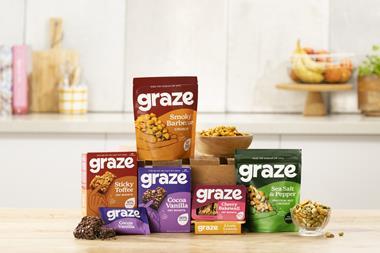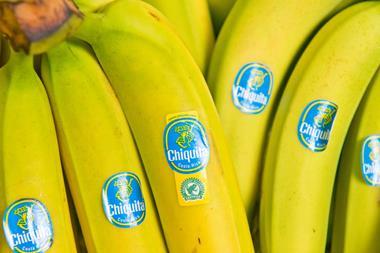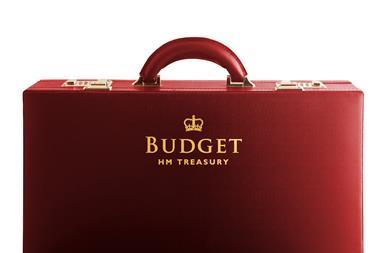I've never much liked Julia Bradbury.
I can't put my finger on precisely why. I think it's the suspicion she tries too hard. Everything about her is a bit over-cooked the jaunty head girl demeanour, assertive voice, ready smile, trendy country clobber, voluble interviewing technique. So it was with some trepidation that I sat down to watch the first part of Kill It, Cut It, Use it (9pm, BBC3, Monday 13 June), a five-part spin off of the Kill It, Cook It, Eat It series.
Where in the earlier four series, Bradbury tracked the journey of meat from the farm to the plate, Kill It, Cut It, Cook it sees her charting the transformation of the bits we don't eat into all manner of consumer goods including luxury car seats, crockery and soap. And you know what? Although it was too long (an hour) and pitched at (read dumbed down for) the channel's predominantly youthful audience, it was surprisingly interesting.
It helped that Bradbury had toned down the über-presenter persona and remembered her consumer journalism roots focusing on the reaction of the young consumers she'd taken along for the ride rather than her own. Shown in full gory detail how a cow is dispatched and its hide stripped, cleaned and turned into Aston Martin seats, the three lads who'd loved the smell and feel of leather car seats weren't quite so bright and breezy after being exposed to the sights, sounds and smells of the hide's journey.
It wasn't going to stop them eating meat or craving expensive leather, mind, but you believed them when they said they'd developed a new-found respect for the animals and people involved. Ditto the tennis fans who witnessed intestines being transformed into racquet strings and the couple who learned that bone china is not called that because it's hard but because it does actually contain bone.
It was sobering stuff and, on the whole, sensitively rather than sensationally handled. Shame the programme makers couldn't resist cutting to specious shots of doleful looking cattle or using the crassest of soundtracks, featuring Bad to the Bone and The Size of a Cow.
Given how frequently the word 'respect' was used, it betrayed a distinct lack.
More from this column
I can't put my finger on precisely why. I think it's the suspicion she tries too hard. Everything about her is a bit over-cooked the jaunty head girl demeanour, assertive voice, ready smile, trendy country clobber, voluble interviewing technique. So it was with some trepidation that I sat down to watch the first part of Kill It, Cut It, Use it (9pm, BBC3, Monday 13 June), a five-part spin off of the Kill It, Cook It, Eat It series.
Where in the earlier four series, Bradbury tracked the journey of meat from the farm to the plate, Kill It, Cut It, Cook it sees her charting the transformation of the bits we don't eat into all manner of consumer goods including luxury car seats, crockery and soap. And you know what? Although it was too long (an hour) and pitched at (read dumbed down for) the channel's predominantly youthful audience, it was surprisingly interesting.
It helped that Bradbury had toned down the über-presenter persona and remembered her consumer journalism roots focusing on the reaction of the young consumers she'd taken along for the ride rather than her own. Shown in full gory detail how a cow is dispatched and its hide stripped, cleaned and turned into Aston Martin seats, the three lads who'd loved the smell and feel of leather car seats weren't quite so bright and breezy after being exposed to the sights, sounds and smells of the hide's journey.
It wasn't going to stop them eating meat or craving expensive leather, mind, but you believed them when they said they'd developed a new-found respect for the animals and people involved. Ditto the tennis fans who witnessed intestines being transformed into racquet strings and the couple who learned that bone china is not called that because it's hard but because it does actually contain bone.
It was sobering stuff and, on the whole, sensitively rather than sensationally handled. Shame the programme makers couldn't resist cutting to specious shots of doleful looking cattle or using the crassest of soundtracks, featuring Bad to the Bone and The Size of a Cow.
Given how frequently the word 'respect' was used, it betrayed a distinct lack.
More from this column













No comments yet